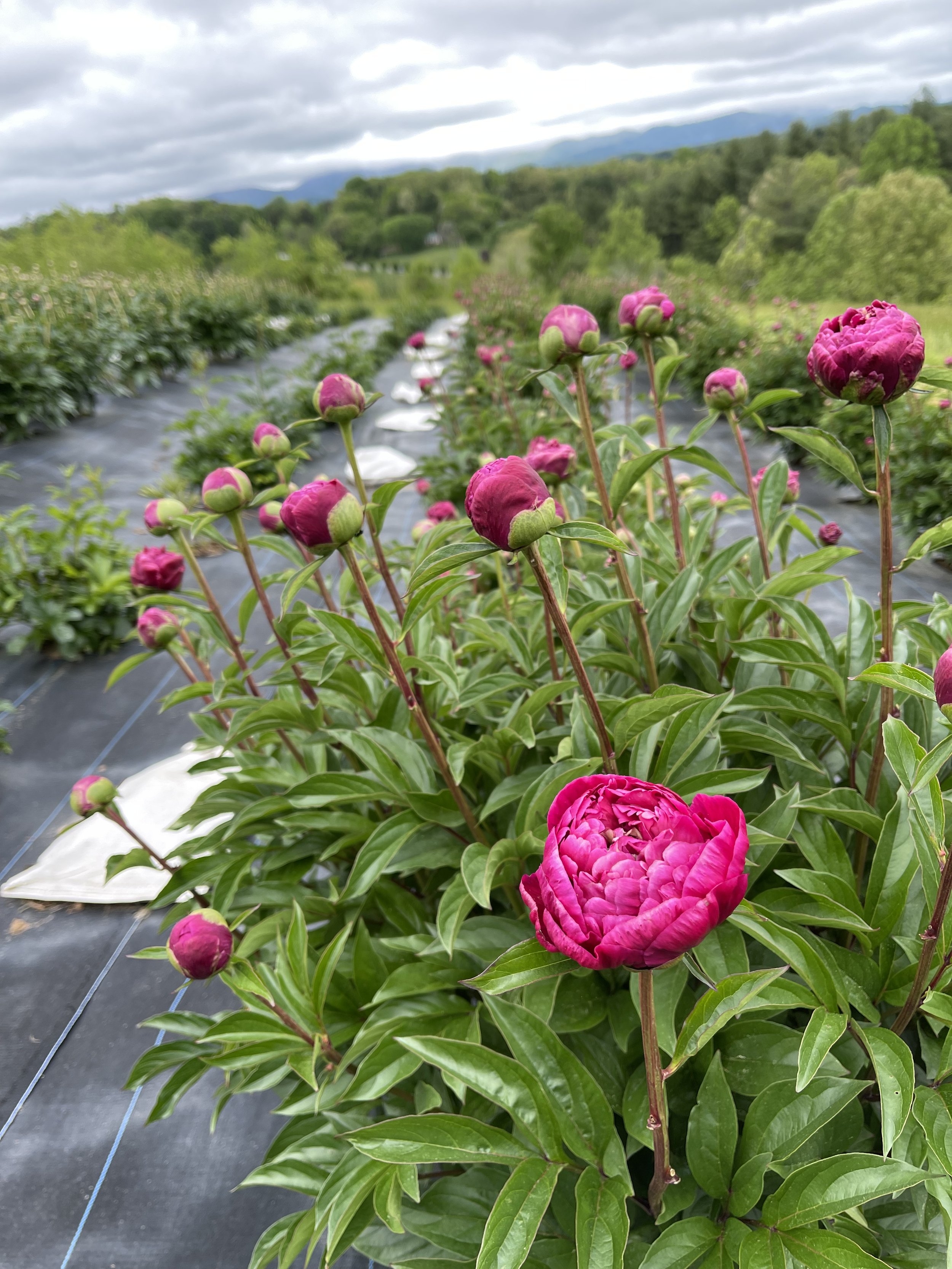Peonies have been around for ages, and they’re not just pretty faces. They’ve got a rich history, especially in Asia, where they’ve been cultivated for centuries. In China, they’re practically royalty, often associated with wealth, honor, and good fortune. You’ll see them pop up in traditional art and literature, which tells you just how much they’re admired. Eventually, these beauties made their way to Europe and then to America, where they quickly became garden favorites.
One of the coolest things about peonies is the sheer variety you can find. They come in all sorts of colors, from pure whites and soft pinks to vibrant reds and even some interesting coral and yellow shades. And the flower forms? You’ve got single blooms that are simple and elegant, Japanese types with their frilly centers, anemone types that are just fluffy and fun, and the big, bomb-style doubles that are just over-the-top gorgeous. It’s like a peony party, and everyone’s invited!
Now, let’s talk about getting these beauties to thrive. Peonies are generally pretty hardy, but they do have their preferences. They love sunshine, so aim for a spot in your garden that gets at least six hours of direct sunlight each day. When it comes to soil, they’re not super picky, but they do appreciate well-drained soil that’s rich in organic matter. Think of giving them a good, nutritious home.
planting peonies is a bit of an investment, as they can live for decades – some even outlive the gardeners who planted them! The best time to plant them is in the fall. When you’re putting them in the ground, make sure the “eyes” (those little buds on the roots) are only about one to two inches below the soil surface. Planting them too deep is a common mistake and can actually prevent them from flowering. Give them some space too, about three to four feet apart, so they have room to breathe and show off their gorgeousness.

Once your peonies are established, they’re relatively low-maintenance. Regular watering during dry spells is appreciated, especially when they’re getting ready to bloom and while the flowers are doing their thing. You might want to give them some support, especially the big, double-flowered varieties, as those heavy blooms can sometimes cause the stems to flop over after a rain shower. Stakes or hoops can be a real lifesaver here.
As for feeding, a balanced fertilizer in the early spring can give them a boost. After they’re done blooming, you can deadhead (remove the spent flowers) to keep the plant looking tidy and to encourage energy to go back into the roots for next year’s show. The foliage will stay green for much of the summer, providing a nice backdrop for other plants. Don’t be tempted to cut it back too early in the fall, as the leaves help the plant store energy for the following spring. It’s usually best to cut back the foliage after it has turned yellow or brown.
Peonies are generally pretty tough when it comes to pests and diseases. Occasionally, you might see things like powdery mildew, especially in humid conditions. Good air circulation can help prevent this. Ants are often seen crawling on the buds, but don’t worry, they’re usually just after the sweet nectar and don’t actually harm the plant. In fact, some believe they even help the buds open!
One of the little quirks of peonies is that they sometimes take a year or two after planting to really get going and produce a lot of flowers. So, don’t be discouraged if your new peony doesn’t put on a huge show right away. Be patient, give it the right conditions, and you’ll likely be rewarded with years of stunning blooms. They’re worth the wait, trust me.

In conclusion, peonies are more than just beautiful flowers; they’re a piece of history and a testament to the enduring appeal of nature’s artistry. With their incredible variety, relatively easy care, and long lifespan, they’re a fantastic addition to any garden. So, whether you’re a seasoned gardener or just starting out, consider welcoming these spring superstars into your green space. You’ll be glad you did when those magnificent blooms unfurl.
FAQ About Peonies
Why didn’t my peony flower this year?
Do peonies need a lot of water?
When is the best time to cut peony flowers?
Can I move my peony plant?
Peonies Plant
